We spread genuine Japanese goods and traditional culture to worldwide.
Font size:
Categories
The Shapes and Production Regions of Matcha Bowls
There are many kinds of matcha bowls which are containers used in drinking matcha.
Their shapes and designs are chosen based on the tea ceremony style and season.
-- Typical Shapes of Matcha Bowls --
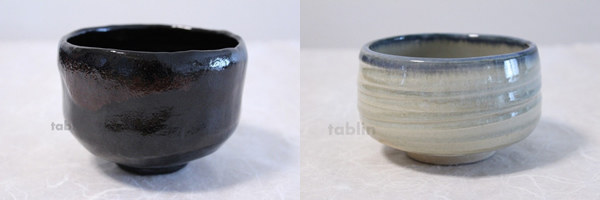
Raku type, middle barrel-shaped
This type of raku ware was originated by raku potters in Kyoto based on the ingenuity of Sen no Rikyu, the tea master with many accomplishments in the history of the tea ceremony.
This type has a very well-balanced shape.
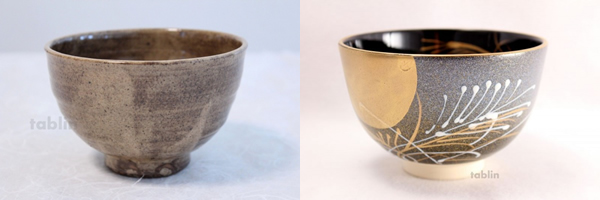
Bowl type (Wan)
This type resembles Japanese rice and soup bowls.
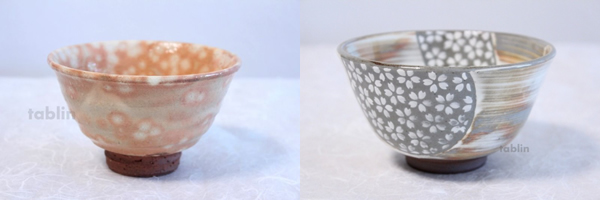
Water well type (Ido)
This matcha bowl is characterized by a wide upper part.
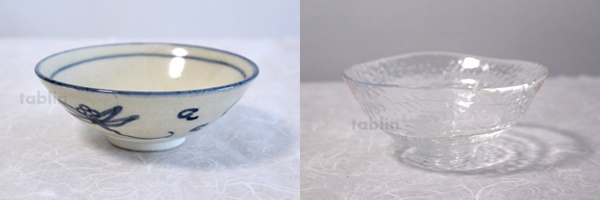
Flat matcha bowl (Hira)
This flat matcha bowl is used in the summer to let the heat of the tea escape.
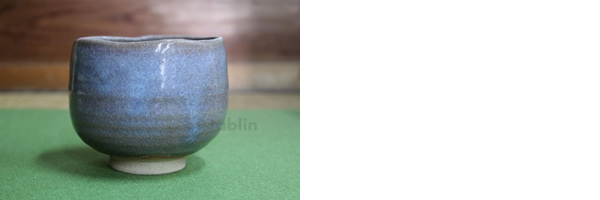
Barrel type (Tsutsu)
Tea does not easily get cold in this barrel-shaped and vertically long matcha bowl so it is used during the winter.
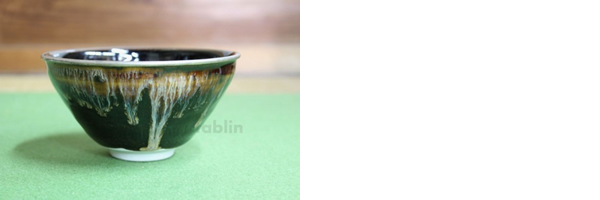
Tenmoku
This type of matcha bowl is used in the most formal of tea ceremonies.
It was brought back to Japan during the Kamakura Period (1185-1333) by those who went to receive ascetic training in Tenmoku Mountain in China.
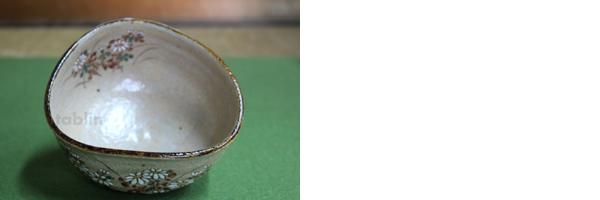
Shoe type (Kutsu)
This matcha bowl is shaped like the shoes worn by the Japanese people of old.
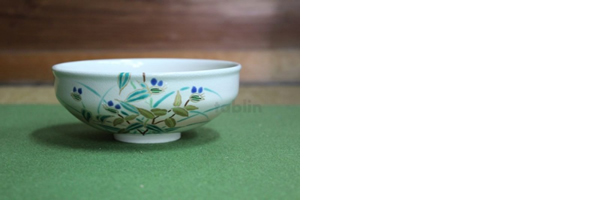
Flat horse (Badarai)
This is a flat matcha bowl used in the summer that looks like a flat trough that horses drink from.
Noten(small tea bowl type)
This type is slightly smaller than a regular matcha bowl.
Made for use during outdoor tea ceremonies, this is also used as a teacup for green tea and as a dish for food.
-- Typical Production Regions and Kinds of Matcha Bowls --
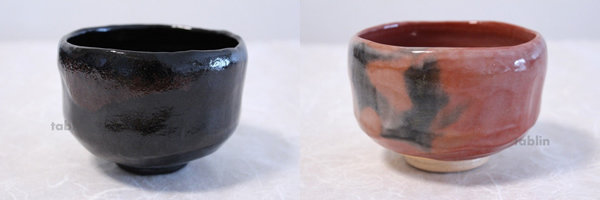
Raku ware
Raku ware is not formed on a potter’s wheel, rather, it is chiseled by the potter’s hand using a unique plane.
There are black-colored raku (kuro raku) and red-colored raku (aka raku); and tong marks may remain in the lateral side of the pottery when it is caught in between the tongs during firing. These marks remain when the tongs are used to get the pottery from a high-temperature kiln, and this firing method used during the time of Sen no Rikyu and the potter Chojiro remains unchanged to this day. Raku ware is mainly produced in Kyoto, Mino and others.
Mino ware
The eastern part of Gifu Prefecture which produces Mino ware is the region that ships the largest amount of pottery in Japan, and it is the place where various kinds of pottery are made, including matcha bowls.
Traditional, typical Oribe ware, Shino ware, and what is called Kiseto ware comprise pottery shipped from Gifu, and are said to have been borne under the guidance of Oribe Furuta who has had a large impact in the history of the tea ceremony.
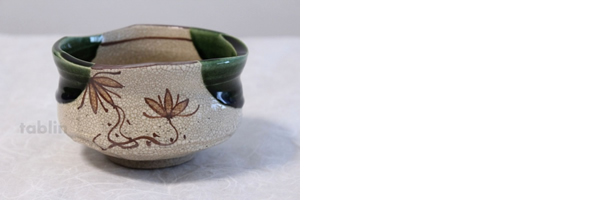
Oribe ware
Oribe ware is decorated with green glaze and painted designs.
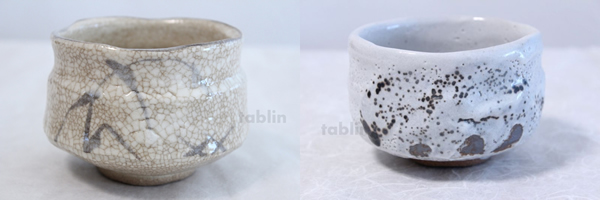
Shino ware
Shino ware is glazed with a white glaze. It is characterized by fine cracks on its surface and tiny holes that are made after firing.
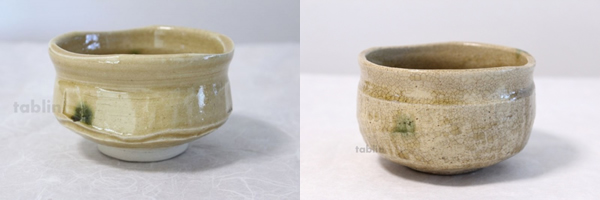
Kiseto ware
This is pottery with a warm, yellow glaze. Many Kiseto ware are characterized by green and brown speckles.
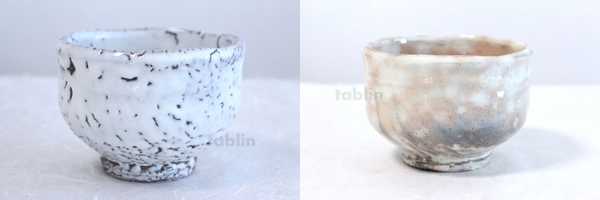
Hagi ware
This is pottery from Hagi City, Yamaguchi Prefecture.
Many Hagi ware pieces have a cloudy white glaze, and are characterized by elegant forms and warm hues.
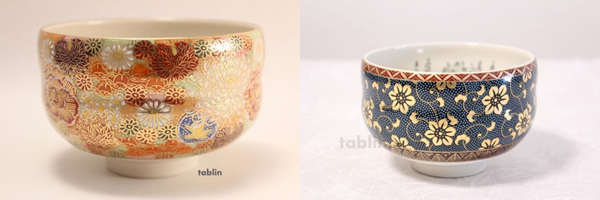
Kutani porcelain
This is pottery from Kutani, Ishikawa Prefecture.
There are many different kinds but typically, pieces are decorated with flower designs, gold and silver colors and beautiful painting.
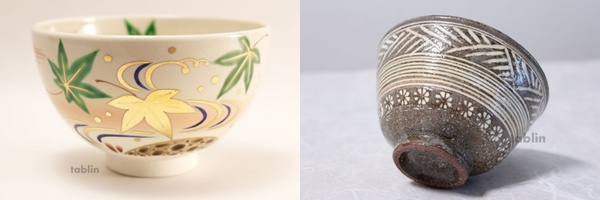
Kiyomizu ware
Aside from raku ware, Kiyomizu ware is characterized by beautiful matcha bowls decorated with hand-carved designs, flowers and seasonal paintings.
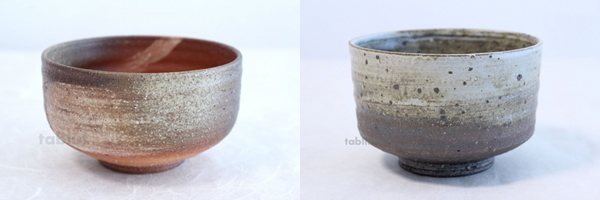
Shigaraki ware
This is pottery from Shigaraki, Shiga Prefecture.
Its pieces are unglazed, or glazed with ash and other natural glazes and is characterized by a raw feel.
There are many kinds of matcha bowls which are containers used in drinking matcha.
Their shapes and designs are chosen based on the tea ceremony style and season.
-- Typical Shapes of Matcha Bowls --

Raku type, middle barrel-shaped
This type of raku ware was originated by raku potters in Kyoto based on the ingenuity of Sen no Rikyu, the tea master with many accomplishments in the history of the tea ceremony.
This type has a very well-balanced shape.

Bowl type (Wan)
This type resembles Japanese rice and soup bowls.

Water well type (Ido)
This matcha bowl is characterized by a wide upper part.

Flat matcha bowl (Hira)
This flat matcha bowl is used in the summer to let the heat of the tea escape.

Barrel type (Tsutsu)
Tea does not easily get cold in this barrel-shaped and vertically long matcha bowl so it is used during the winter.

Tenmoku
This type of matcha bowl is used in the most formal of tea ceremonies.
It was brought back to Japan during the Kamakura Period (1185-1333) by those who went to receive ascetic training in Tenmoku Mountain in China.

Shoe type (Kutsu)
This matcha bowl is shaped like the shoes worn by the Japanese people of old.

Flat horse (Badarai)
This is a flat matcha bowl used in the summer that looks like a flat trough that horses drink from.
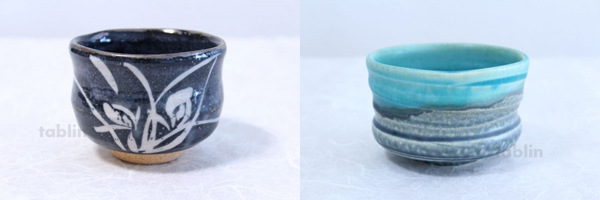
Noten(small tea bowl type)
This type is slightly smaller than a regular matcha bowl.
Made for use during outdoor tea ceremonies, this is also used as a teacup for green tea and as a dish for food.
-- Typical Production Regions and Kinds of Matcha Bowls --

Raku ware
Raku ware is not formed on a potter’s wheel, rather, it is chiseled by the potter’s hand using a unique plane.
There are black-colored raku (kuro raku) and red-colored raku (aka raku); and tong marks may remain in the lateral side of the pottery when it is caught in between the tongs during firing. These marks remain when the tongs are used to get the pottery from a high-temperature kiln, and this firing method used during the time of Sen no Rikyu and the potter Chojiro remains unchanged to this day. Raku ware is mainly produced in Kyoto, Mino and others.
Mino ware
The eastern part of Gifu Prefecture which produces Mino ware is the region that ships the largest amount of pottery in Japan, and it is the place where various kinds of pottery are made, including matcha bowls.
Traditional, typical Oribe ware, Shino ware, and what is called Kiseto ware comprise pottery shipped from Gifu, and are said to have been borne under the guidance of Oribe Furuta who has had a large impact in the history of the tea ceremony.

Oribe ware
Oribe ware is decorated with green glaze and painted designs.

Shino ware
Shino ware is glazed with a white glaze. It is characterized by fine cracks on its surface and tiny holes that are made after firing.

Kiseto ware
This is pottery with a warm, yellow glaze. Many Kiseto ware are characterized by green and brown speckles.

Hagi ware
This is pottery from Hagi City, Yamaguchi Prefecture.
Many Hagi ware pieces have a cloudy white glaze, and are characterized by elegant forms and warm hues.

Kutani porcelain
This is pottery from Kutani, Ishikawa Prefecture.
There are many different kinds but typically, pieces are decorated with flower designs, gold and silver colors and beautiful painting.

Kiyomizu ware
Aside from raku ware, Kiyomizu ware is characterized by beautiful matcha bowls decorated with hand-carved designs, flowers and seasonal paintings.

Shigaraki ware
This is pottery from Shigaraki, Shiga Prefecture.
Its pieces are unglazed, or glazed with ash and other natural glazes and is characterized by a raw feel.

